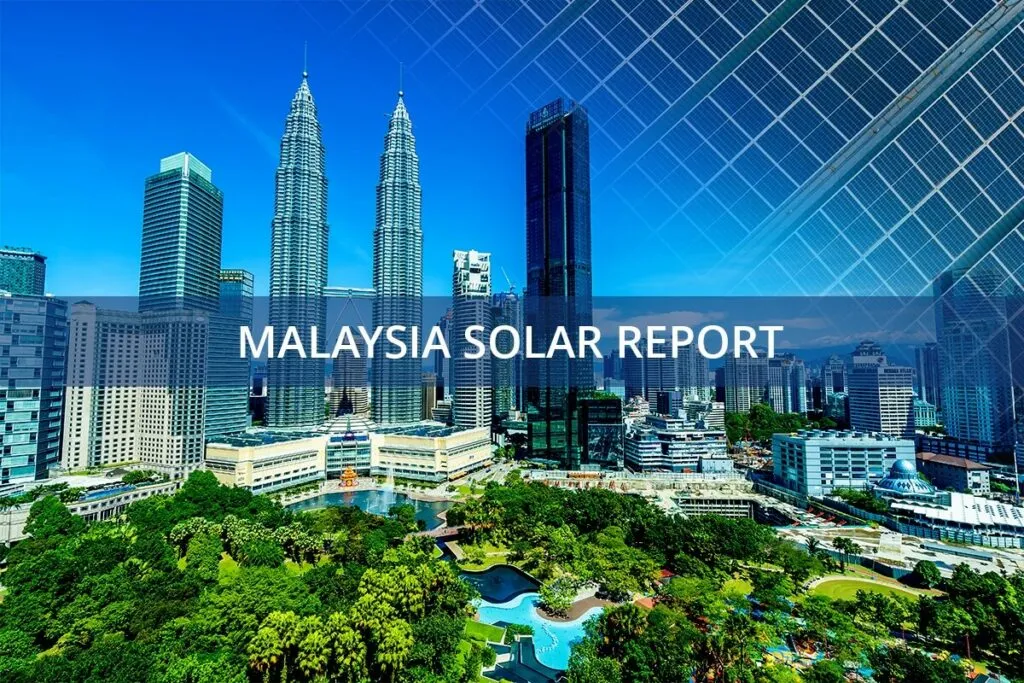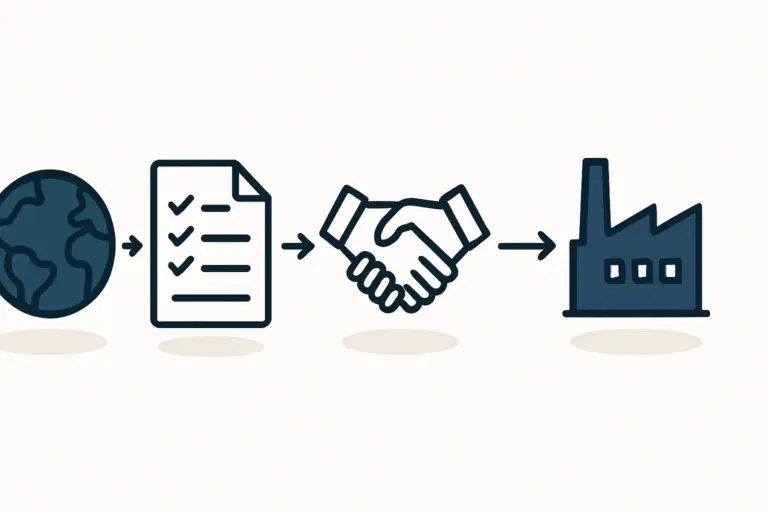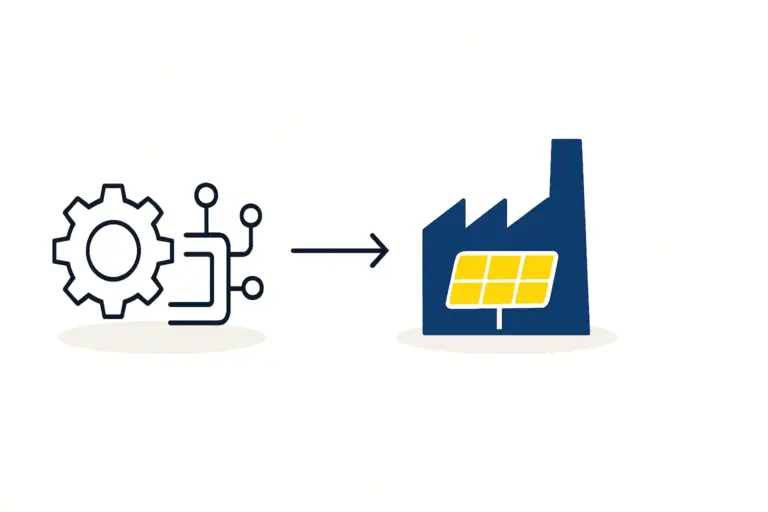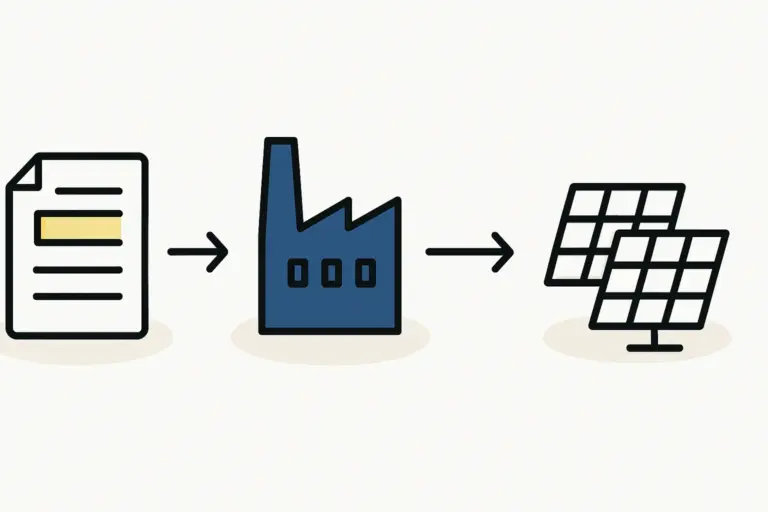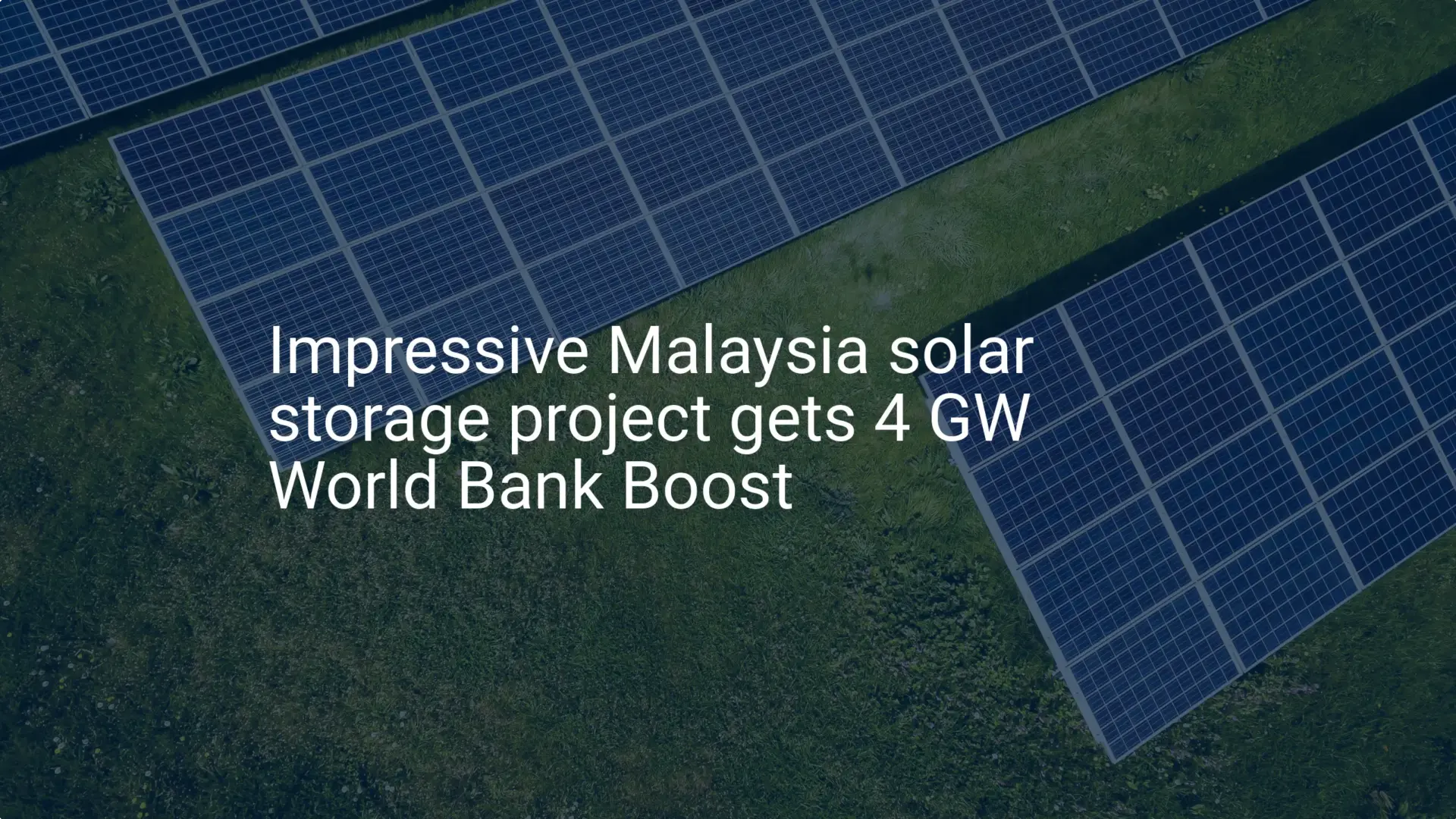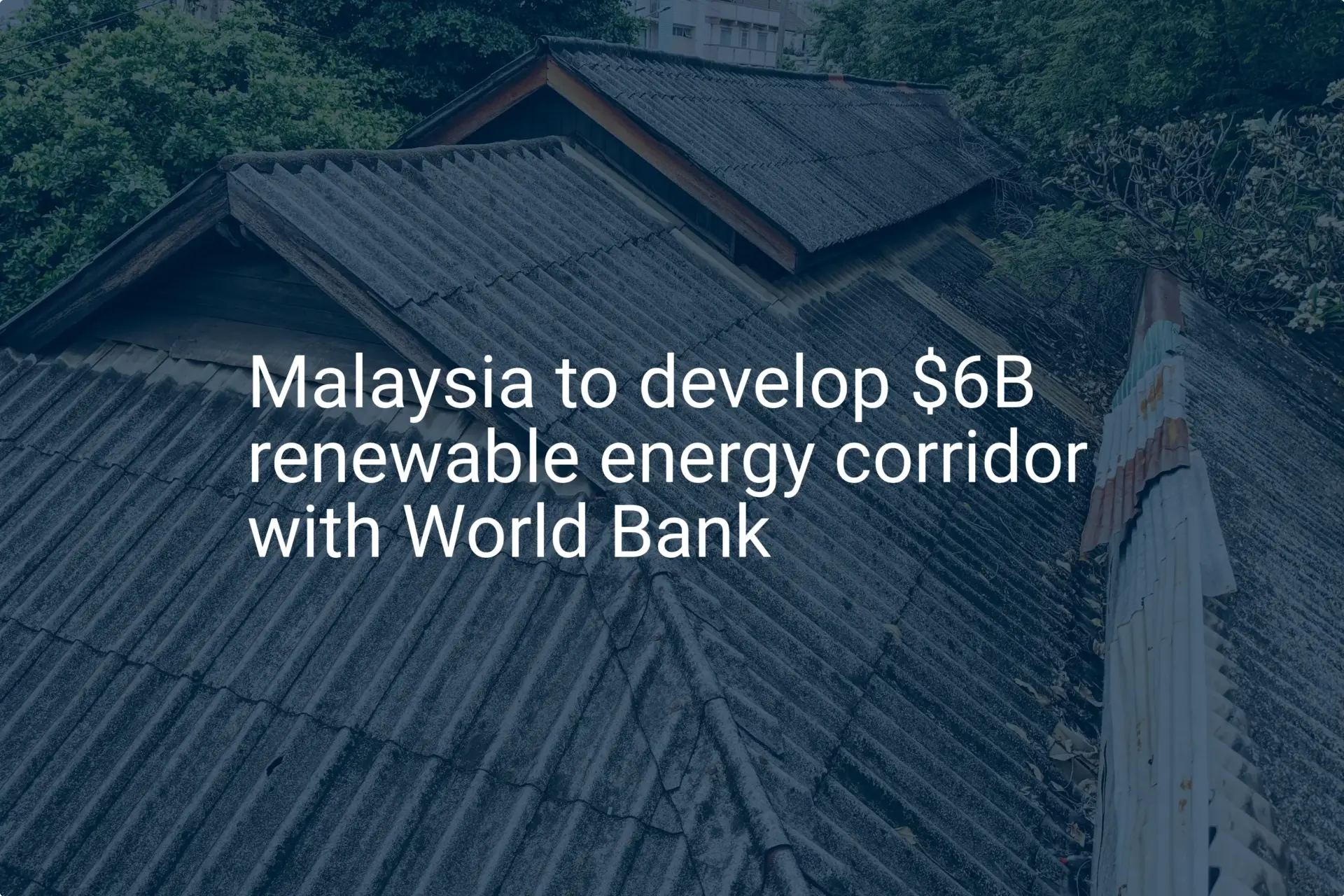For an export-focused solar module manufacturer, choosing a location is more than a detail—it’s a foundational strategic decision. The right industrial park near a major logistics hub can significantly impact everything from supply chain efficiency to the final product cost. With its strategic position in Southeast Asia and supportive government policies, Malaysia offers compelling options. The choice, however, often narrows down to two of the world’s busiest container ports: Port Klang and the Port of Tanjung Pelepas (PTP).
This analysis breaks down the critical factors investors must consider when choosing between these two premier locations. A clear understanding of their logistical advantages, infrastructure, and cost structures is essential for developing a robust business plan.
Why Malaysia is a Strategic Hub for Solar Manufacturing
Before comparing the ports, it’s worth understanding what makes Malaysia such an attractive location for renewable energy manufacturing. The country offers a stable political environment, a well-developed legal framework, and strong government support for the industry through agencies like the Malaysian Investment Development Authority (MIDA).
A significant operational cost advantage, particularly in utilities, adds to Malaysia’s appeal.
-
Electricity: Industrial electricity rates average between USD 0.08 and USD 0.10 per kWh, substantially lower than in neighboring economic hubs like Singapore (approx. USD 0.22 per kWh).
-
Water & Gas: Competitively priced industrial water (approx. USD 0.70 – 0.90 per cubic meter) and natural gas (approx. USD 9-11 per MMBtu) further contribute to a favorable cost base for energy-intensive manufacturing.
These factors create a solid foundation for a globally competitive manufacturing operation. The next step, then, is choosing the optimal port location.
An Overview of Malaysia’s Premier Ports
Malaysia’s coastline is dotted with ports, but two stand out for their global scale and connectivity: Port Klang, serving the capital region of Kuala Lumpur, and the Port of Tanjung Pelepas, located in the southern state of Johor, adjacent to Singapore.
-
Port Klang: Situated on the Straits of Malacca, it is the 12th busiest container port in the world, handling 13.22 million TEUs (twenty-foot equivalent units) annually. Its proximity to the nation’s economic and political center provides access to a vast, established industrial ecosystem.
-
Port of Tanjung Pelepas (PTP): A newer but highly advanced port, PTP is ranked 15th globally, with an annual volume of 11.2 million TEUs. Its strategic location at the confluence of major global shipping lanes offers unique logistical advantages.

Both ports serve as critical nodes in international trade, with direct connections to over 100 ports worldwide, ensuring that finished solar modules can be shipped efficiently to markets in Europe, North America, and across Asia.
A Head-to-Head Comparison for Solar Factory Setup
The ideal choice between Port Klang and PTP depends on your business’s specific priorities. Here, we break down the key factors to consider.
Logistical Connectivity and Market Access
While both ports offer excellent global connectivity, there are subtle differences. The choice often hinges on the primary export destination. PTP, for instance, offers a unique direct weekly service to the US East Coast, which could be a decisive factor for businesses targeting that market. Investors should carefully analyze shipping routes and transit times to their target markets to determine which port offers the most efficient pathway.
Industrial Parks and Land Acquisition
Each port anchors a distinct industrial ecosystem, influencing the options for building your solar factory and its key infrastructure requirements.
-
Port Klang: The area is surrounded by numerous mature industrial parks, such as North Port and Westports Industrial Parks. This established ecosystem offers a wide network of suppliers and service providers. Average industrial land prices in this highly developed region typically range from RM 70 to RM 90 per square foot.
-
Port of Tanjung Pelepas: PTP is a key component of the expansive Iskandar Malaysia economic region. This zone features newer, well-planned industrial parks designed for modern manufacturing. Land prices are often more competitive, averaging around RM 60 to RM 80 per square foot.
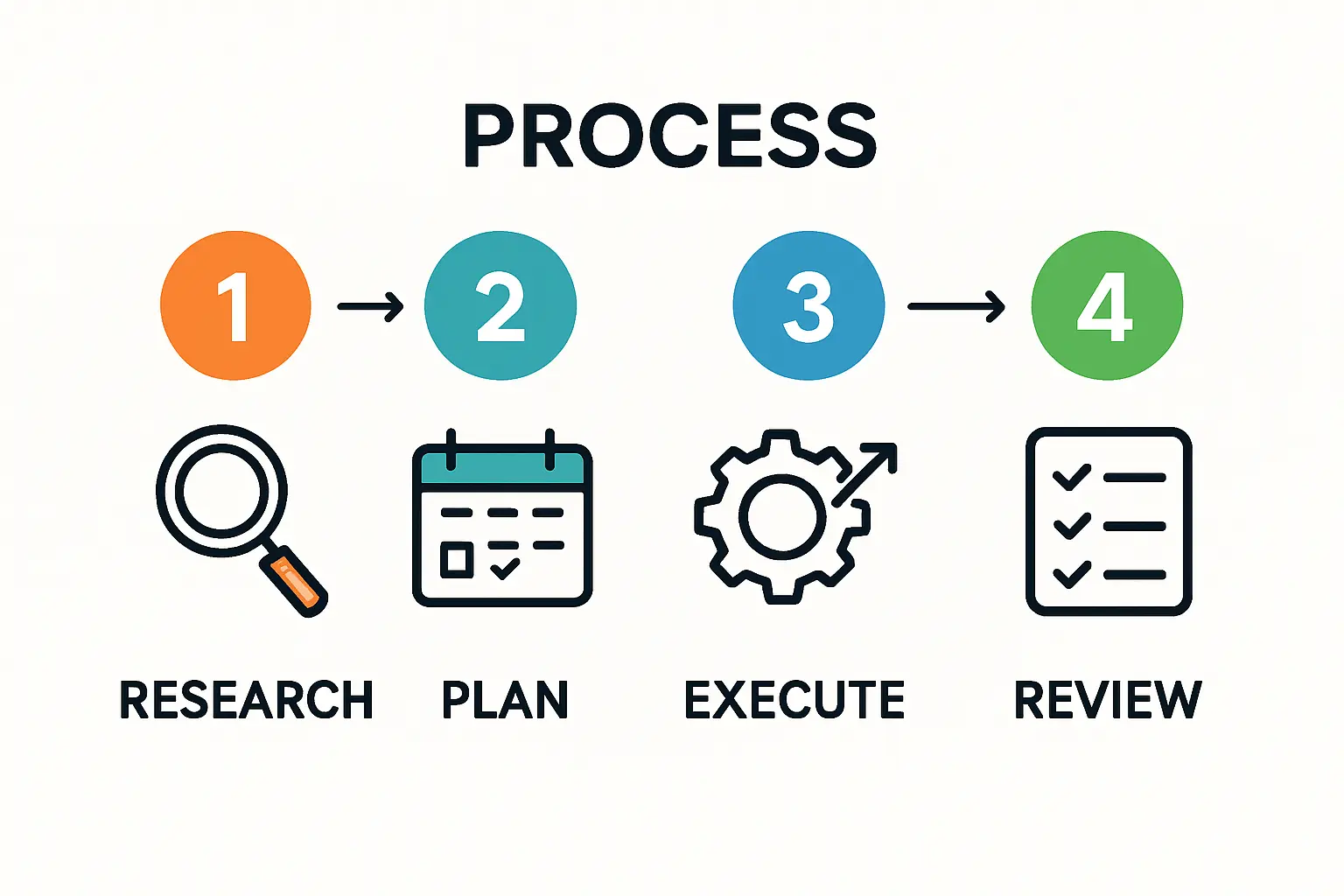
The Advantage of Free Trade Zones (FTZs)
Both locations offer a significant benefit: the presence of Free Trade Zones (FTZs). PTP features the Pelepas Free Zone, while Port Klang has its own designated FTZ. Operating within one of these zones offers substantial financial and administrative advantages for an export-oriented solar factory.
Key benefits include:
- Exemption from customs duties on imported raw materials (e.g., solar cells, EVA, backsheets).
- Exemption from import and export licensing requirements.
- Exemption from sales tax on goods brought into the FTZ for manufacturing purposes.
This framework simplifies the complete solar module manufacturing process by creating a seamless flow for inbound materials and outbound products, reducing both costs and administrative burdens.
Operational Costs: Utilities and Labor
While utility costs are nationally competitive, labor costs can vary slightly. The Klang Valley—the greater metropolitan area of Kuala Lumpur—generally has a slightly higher average manufacturing wage compared to Johor. However, both regions have a strong pool of skilled and semi-skilled labor suitable for solar module assembly operations. A detailed financial model is crucial for understanding the costs and creating a guide to solar factory investment.
Making the Right Decision for Your Business Plan
The choice is not about which port is “better,” but which is strategically “right” for your business.
-
Choose Port Klang if: Your business model benefits from proximity to the national capital, a dense and long-established industrial supply chain, and the largest domestic market.
-
Choose the Port of Tanjung Pelepas if: Your primary focus is on streamlined logistics to specific international markets (like the US East Coast), you prioritize modern infrastructure in a master-planned economic zone, and you seek slightly more competitive land costs.
Ultimately, this decision must be driven by data. A thorough analysis of shipping routes, supply chain logistics, land acquisition costs, and labor availability should be integrated into your project. This is a key step in how to create a bankable business plan for your solar venture.

Frequently Asked Questions (FAQ)
What are TEUs and why do they matter for a solar factory?
TEU stands for “Twenty-foot Equivalent Unit,” a standard measure of cargo capacity for container ships. A higher TEU volume for a port generally indicates greater capacity, more frequent vessel calls, and wider global connectivity. For a solar module exporter, this translates into more shipping options and potentially more competitive freight rates.
Are government incentives specific to these port locations?
No, the primary investment incentives for renewable energy manufacturing, such as Pioneer Status (which can provide corporate income tax exemption) and Investment Tax Allowance, are offered by the Malaysian Investment Development Authority (MIDA) and are applicable nationwide. The choice of port does not typically affect eligibility for these national-level incentives.
How exactly does an FTZ benefit a solar module assembly line?
A solar factory imports numerous components: solar cells, glass, aluminum frames, junction boxes, encapsulants, and backsheets. In an FTZ, these can be imported without paying customs duties. After assembly, the finished solar modules are exported, again without the typical customs formalities. This duty-free “trans-shipment” status drastically reduces working capital requirements and simplifies logistics.
Is skilled technical labor readily available in these industrial areas?
Yes, both the Klang Valley and the Iskandar Malaysia region in Johor have a long history of industrial and manufacturing activity, particularly in electronics. There is a well-established workforce of technicians, engineers, and line operators. Additionally, numerous technical colleges and universities in both regions provide a steady pipeline of new talent.
Next Steps in Your Planning Journey
Selecting a location is one of the most critical early decisions in establishing a solar manufacturing plant. Choosing between the industrial ecosystems of Port Klang and the Port of Tanjung Pelepas requires a detailed assessment of your business’s specific needs, target markets, and financial structure. A careful analysis of logistics, costs, and infrastructure will provide the clarity needed to build a successful and globally competitive solar enterprise in Malaysia.

